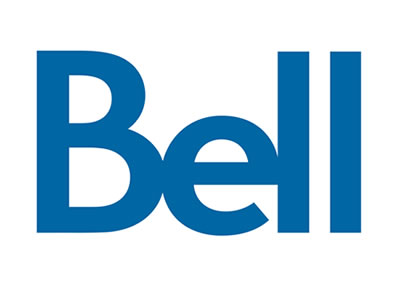 Bell Canada will invest $1.14 billion to bring gigabit fiber to the home service to more than one million homes and apartments in the Greater Toronto Area (GTA) over the next three years.
Bell Canada will invest $1.14 billion to bring gigabit fiber to the home service to more than one million homes and apartments in the Greater Toronto Area (GTA) over the next three years.
It will be the largest fiber build ever attempted in North America, and will serve every home and business in the GTA, beginning with 50,000 homes and businesses that will be upgraded to all-fiber service this summer.
“This is something that quite frankly none of us could have imagined just a few years ago,” Bell Canada president and CEO George Cope said at a press conference this morning. “This will be 20 times faster (than average Internet speeds) and it really is building for the consumer what large, large enterprise would have had just a few years ago for their corporations.”
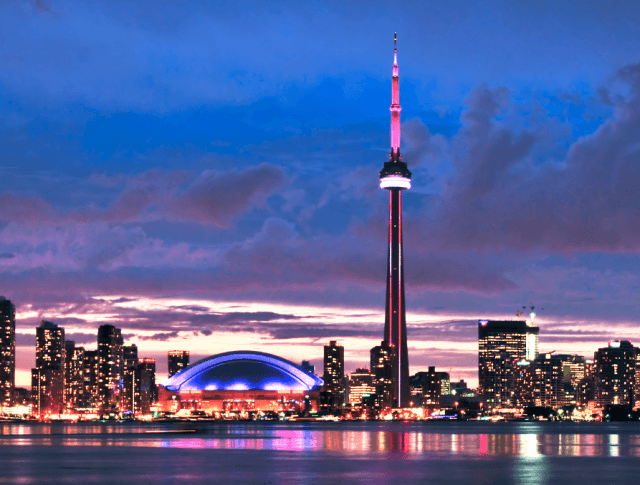 Toronto will be the fastest broadband city in North, Central, and South America when Bell is finished laying 9,000 kilometers of fiber underground and on 80,000 Bell and Toronto Hydro utility poles. At least 27 Bell telephone exchanges will be fully upgraded to 100% fiber service, eliminating huge swaths of older copper wiring. At least 2,400 new jobs will be created, but Bell and Toronto city officials are convinced an all-fiber optic network will attract even more jobs and help broaden Toronto’s digital economy.
Toronto will be the fastest broadband city in North, Central, and South America when Bell is finished laying 9,000 kilometers of fiber underground and on 80,000 Bell and Toronto Hydro utility poles. At least 27 Bell telephone exchanges will be fully upgraded to 100% fiber service, eliminating huge swaths of older copper wiring. At least 2,400 new jobs will be created, but Bell and Toronto city officials are convinced an all-fiber optic network will attract even more jobs and help broaden Toronto’s digital economy.
Bell’s project in Toronto will be vastly larger than AT&T U-verse with GigaPower, Comcast’s 2Gbps fiber service, and Google Fiber because:
- It will actually exist, unlike fiber to the press release announcements of phantom fiber upgrades from Comcast and AT&T that serve only a miniscule number of customers;
- Will not rely on “fiberhoods” and will deliver fiber service to every home and business and every neighborhood across the entire GTA.
No pricing has yet been announced but Bell promised it would be competitive with other gigabit broadband projects in North America. That likely means Toronto residents will pay between $70-100 a month for gigabit service. No details about usage caps or allowances were included in the announcement.
Bell is already upgrading some of its existing Fibe network in other cities to deliver gigabit speeds on a more limited basis in Atlantic Canada (Bell Aliant) and in select cities in Ontario and Quebec as part of a $20 billion network upgrade.
[flv]http://www.phillipdampier.com/video/CP24 Bell Gigabit Announcement 6-25-15.flv[/flv]
CP24 carried this morning’s press conference introducing Bell Gigabit Internet across Toronto. (19:51)


 Subscribe
Subscribe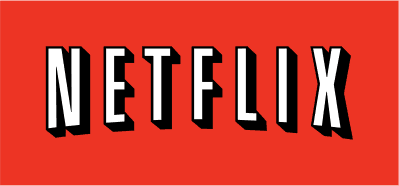
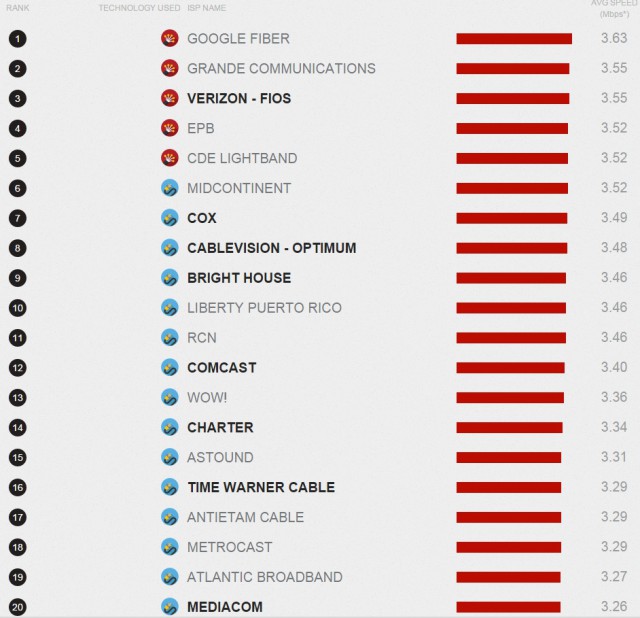
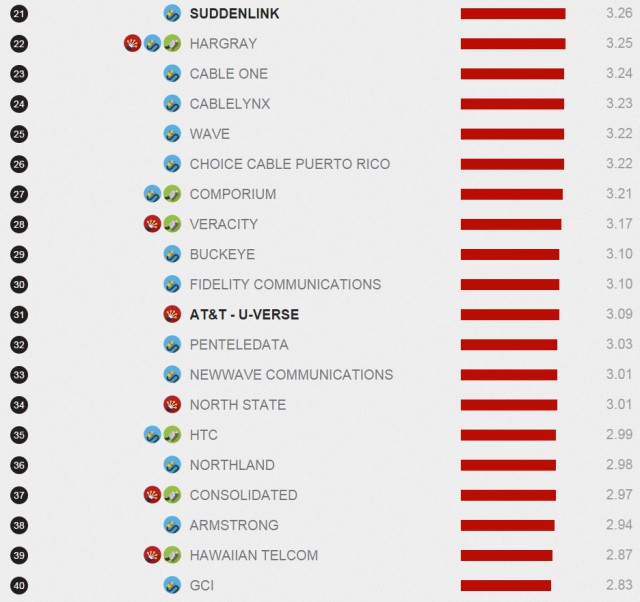
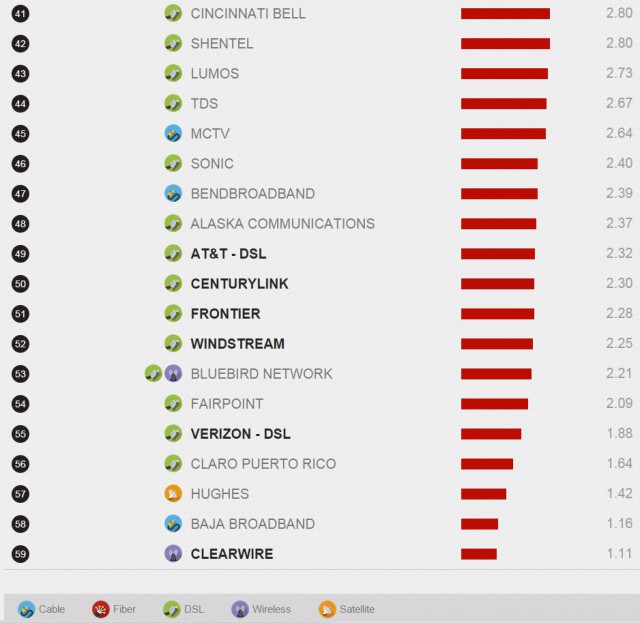
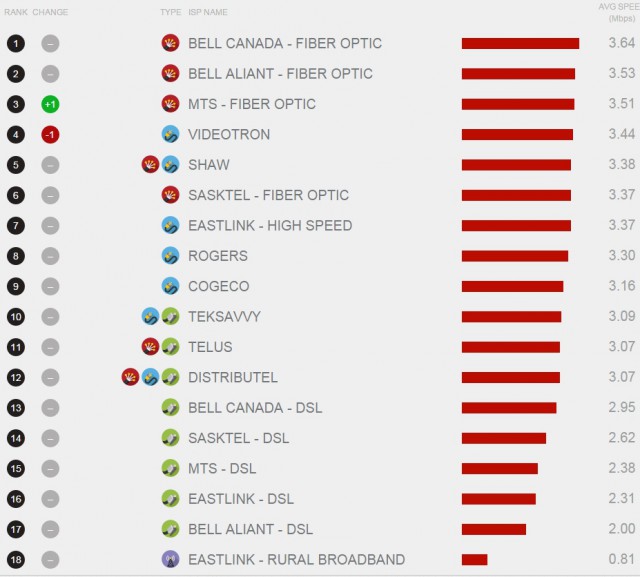
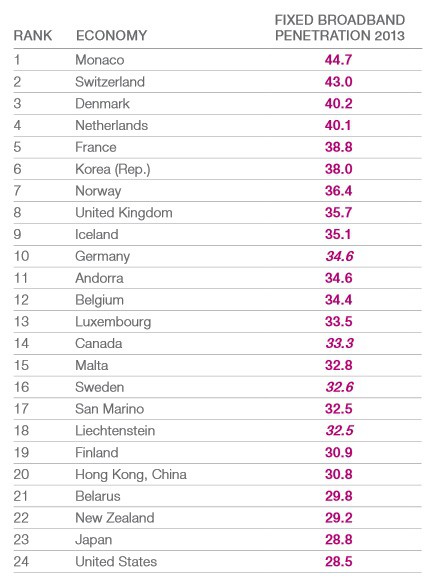
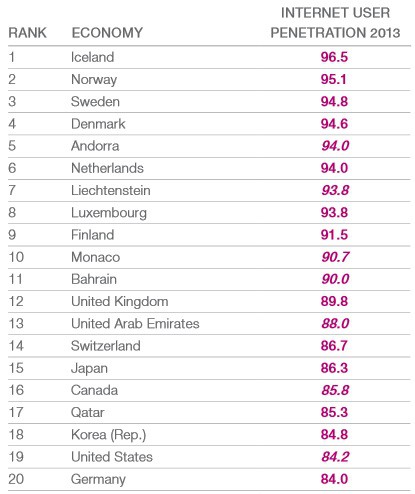
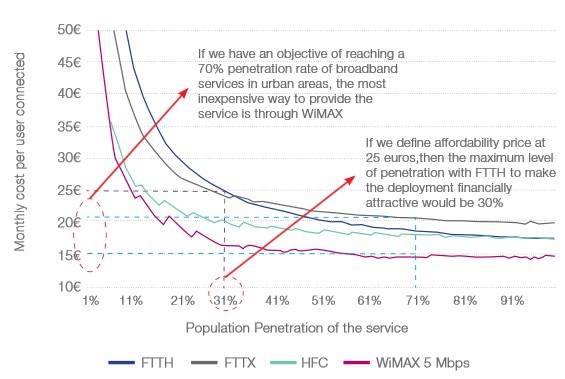
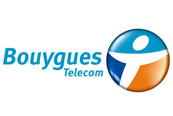 Customers of Paris-based Bouygues Telecom in some of France’s largest cities will soon have access to 400Mbps fiber to the home broadband (with an upgrade to 1Gbps later this year), as well as a television and phone package that combined will cost $35.43 a month.
Customers of Paris-based Bouygues Telecom in some of France’s largest cities will soon have access to 400Mbps fiber to the home broadband (with an upgrade to 1Gbps later this year), as well as a television and phone package that combined will cost $35.43 a month.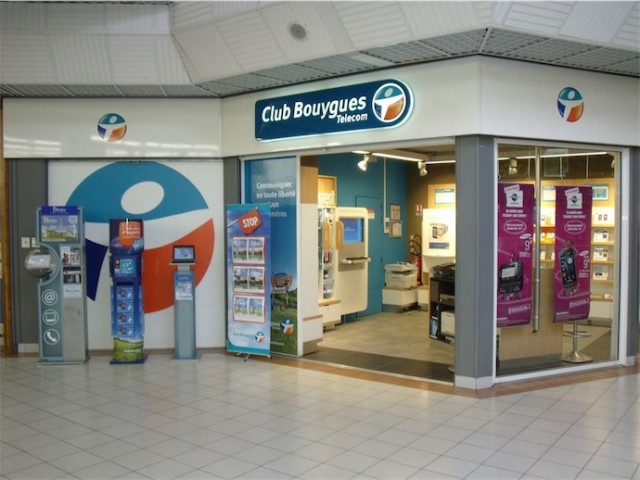 Bbox Sensation Fiber (first phase) includes:
Bbox Sensation Fiber (first phase) includes: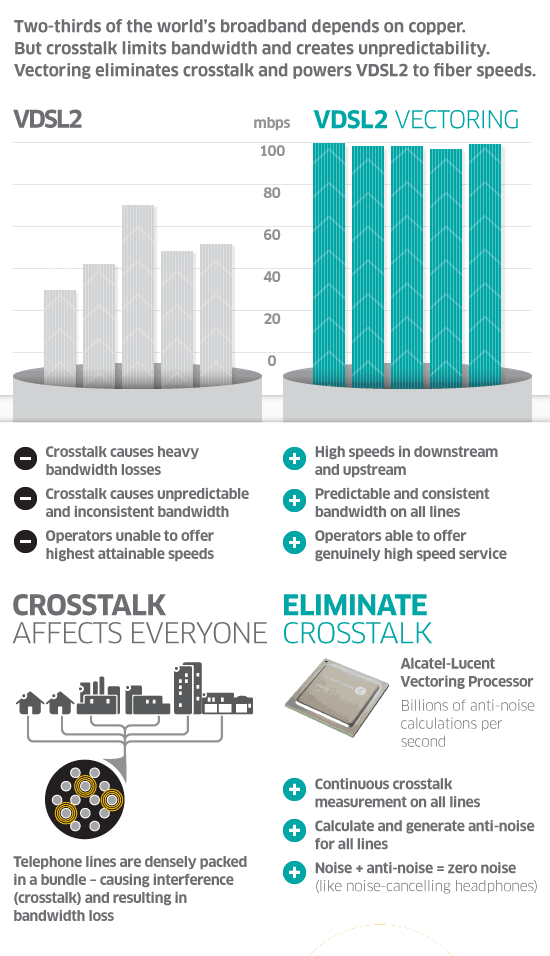 Alcatel-Lucent reported this month next generation DSL technology is a success for the company, with more than
Alcatel-Lucent reported this month next generation DSL technology is a success for the company, with more than 